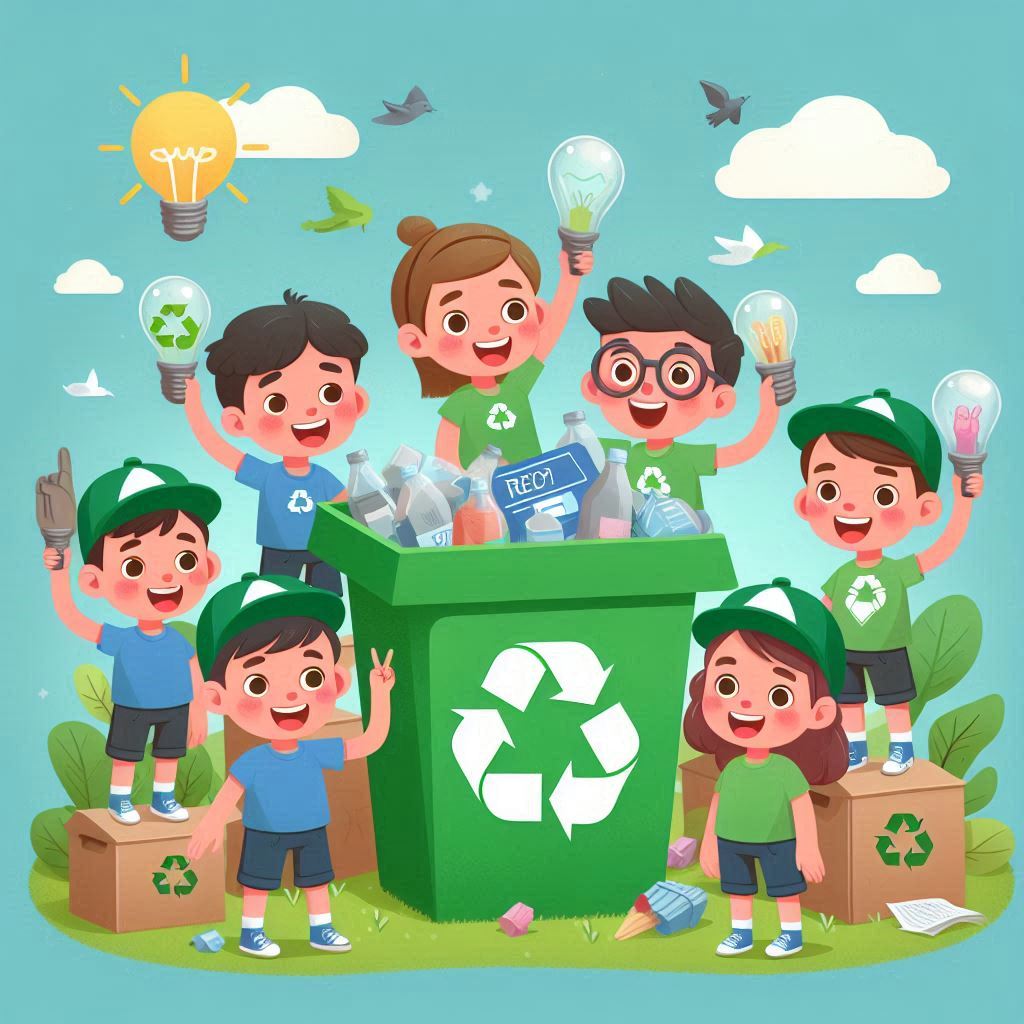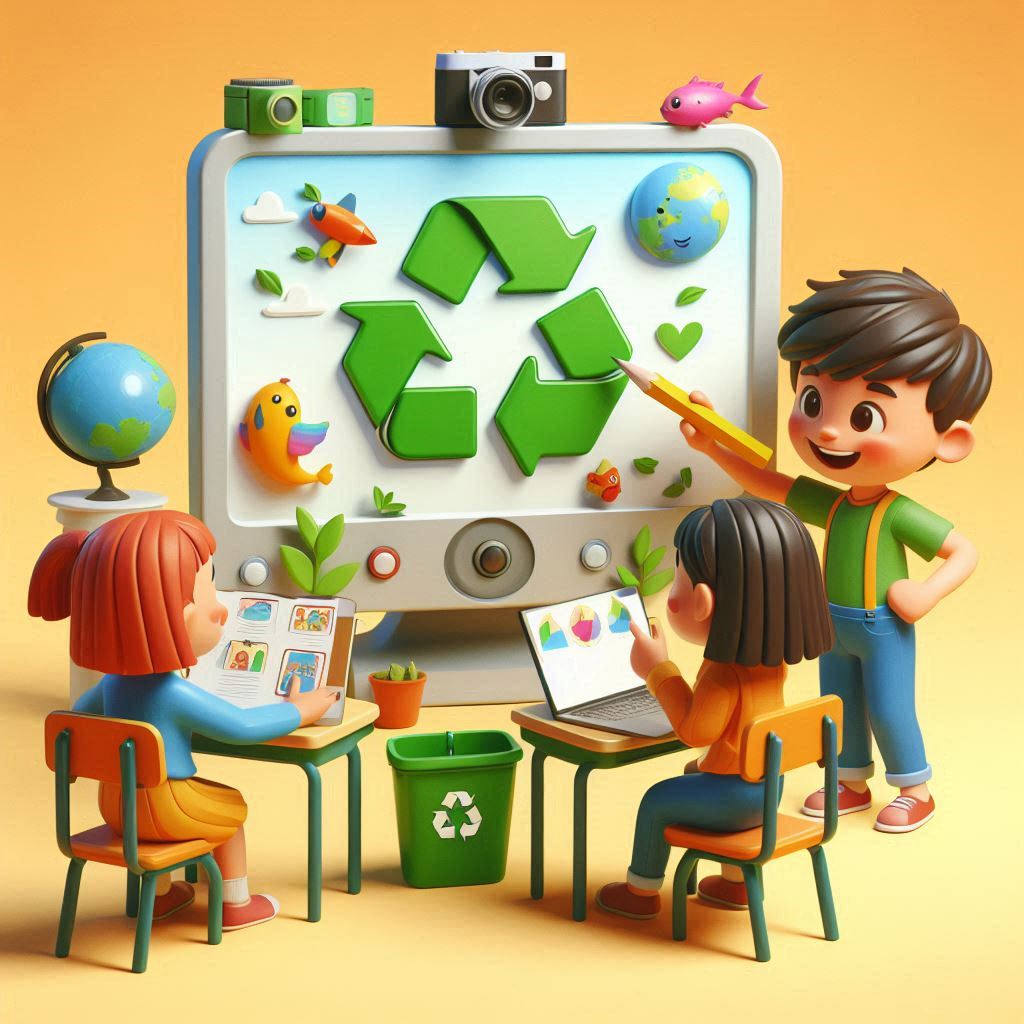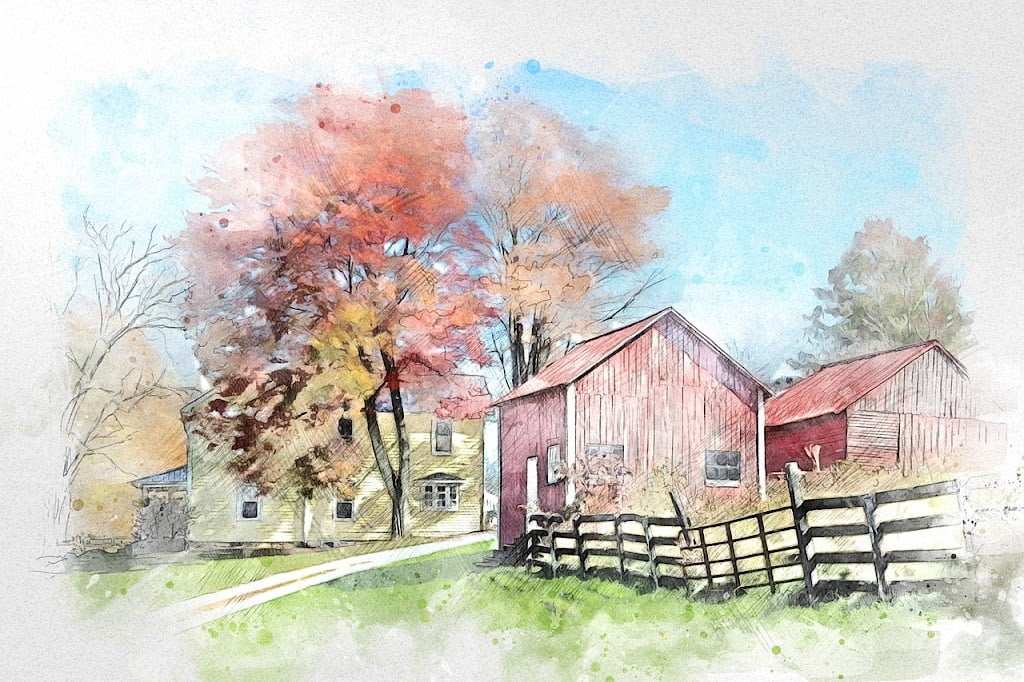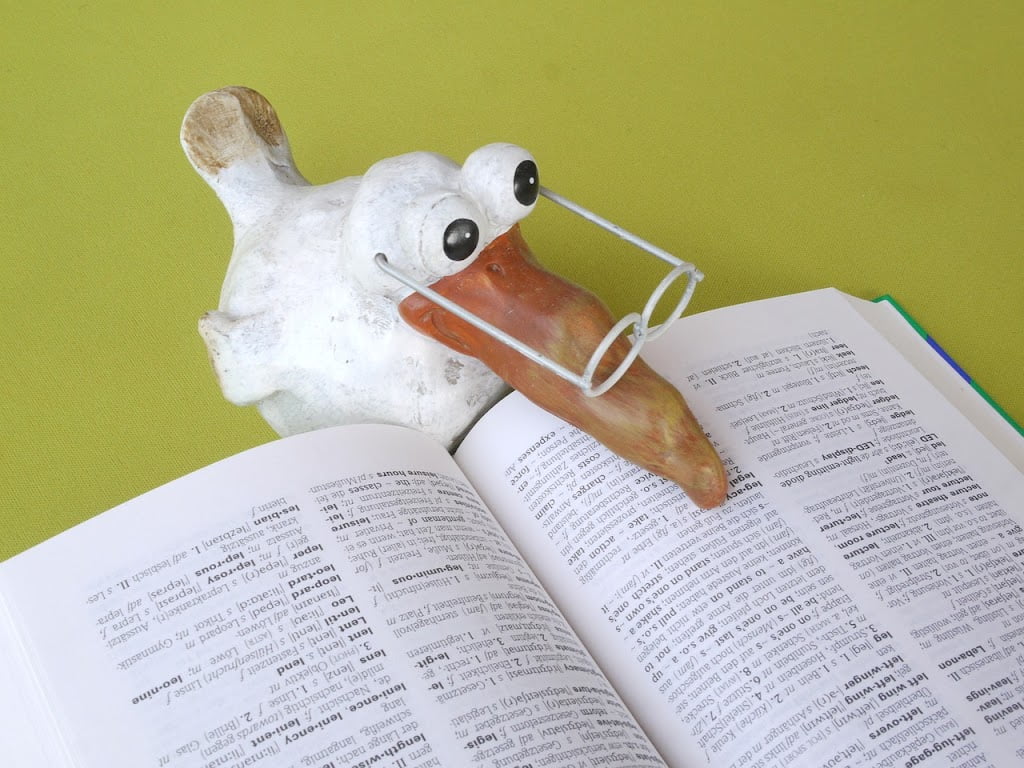In today’s world, where environmental issues like pollution and climate change are becoming more pressing, teaching kids about recycling is more important than ever. Kids are naturally curious, and by making recycling fun and interactive, you can help them develop eco-friendly habits that will stick with them for a lifetime
But how do you make recycling exciting for kids? Luckily, with a little creativity, recycling can become a fun and educational activity for the whole family. In this post, we’ll explore five fun ways to teach your kids about recycling, turning a simple household task into a rewarding learning experience.
1. Why Is Teaching Kids About Recycling Important?

Before we dive into the fun activities, it’s helpful to understand why teaching kids about recycling is so crucial. Recycling helps conserve resources, reduce waste, and protect the environment, but these lessons go beyond just environmental stewardship.
Key Reasons to Teach Kids About Recycling:
- Environmental Awareness: Kids who learn about recycling understand the impact of waste on the environment and develop a sense of responsibility for taking care of the planet.
- Lifelong Habits: By starting young, children can adopt sustainable habits that will benefit them—and the environment—for years to come.
- Problem-Solving Skills: Learning how to separate recyclables from trash encourages critical thinking and decision-making skills.
- Family Bonding: Recycling together can be a bonding activity that teaches cooperation and shared responsibility.
Pro Tip: Keep the tone light and engaging when teaching kids about recycling—make it a positive experience that they’ll look forward to, rather than just another chore.
2. 5 Fun Ways to Teach Your Kids About Recycling
1. Recycling Sorting Game
Sorting recyclables can be a fun and educational game for young children. This hands-on activity helps them understand the difference between paper, plastic, glass, and metal while practicing motor skills and hand-eye coordination.
How to Play the Recycling Sorting Game:
- Step 1: Gather a collection of clean recyclables, including items like plastic bottles, cardboard boxes, aluminum cans, and paper. Ensure the items are child-safe (avoid sharp edges).
- Step 2: Set up four labeled bins: one for plastic, one for glass, one for paper, and one for metal.
- Step 3: Challenge your child to sort the items into the correct bins. You can turn this into a race against the clock, or for older kids, ask them to explain why each item goes into a specific bin.
- Step 4: Once all the items are sorted, explain what happens to each material after it’s collected for recycling.
Pro Tip: You can make this game even more exciting by offering small rewards or points for every correct sorting choice, creating a friendly competition between siblings or friends.
2. DIY Recycled Art Projects
Tap into your child’s creative side by turning recycled materials into art! This activity encourages kids to see the value in items that might otherwise be discarded and teaches them how to reuse materials in creative ways.
Recycled Art Ideas:
- Bottle Cap Art: Collect different colored plastic bottle caps and help your child arrange them into a mosaic or picture on a piece of cardboard.
- Toilet Paper Roll Crafts: Transform toilet paper rolls into animals, rockets, or binoculars using paint, markers, and glue.
- Recycled Jewelry: Use old magazine pages or cardboard to make beads, which can then be strung together to create necklaces or bracelets.
Pro Tip: Set up a special “Recycling Art Station” in your home where you collect recyclables like cardboard, paper, and bottle caps for future art projects.
3. Recycling-Themed Story Time
Kids love stories, and incorporating books about recycling into your daily reading routine is a wonderful way to introduce them to eco-friendly concepts. Storybooks can explain recycling in simple terms and spark conversations about how they can make a difference.
Recycling Book Suggestions:
- “The Adventures of a Plastic Bottle” by Alison Inches: This book follows the life of a plastic bottle, showing kids what happens when it’s recycled.
- “Why Should I Recycle?” by Jen Green: This book explains the recycling process and why it’s essential in a fun, kid-friendly way.
- “Michael Recycle” by Ellie Bethel: A superhero story about a boy who helps clean up his town by recycling.
Pro Tip: After reading, ask your child questions like, “What can we recycle at home?” or “What happens when we don’t recycle?” to reinforce the lesson.
4. Composting as a Family
Composting is another form of recycling where food scraps and other organic materials are turned into nutrient-rich soil. Getting kids involved in composting teaches them how nature recycles and can be a great way to connect them with the environment.
How to Start Composting with Kids:
- Step 1: Set up a compost bin or pile in your backyard. If you live in an apartment, you can start a small indoor compost bin.
- Step 2: Teach your child which items can go into the compost (fruit peels, vegetable scraps, coffee grounds, etc.) and which items should stay out (meat, dairy, oils).
- Step 3: Involve your child in adding food scraps to the compost pile and turning it over with a shovel or rake to speed up the process.
- Step 4: Watch the compost break down over time, and when it’s ready, use it in your garden together!
Pro Tip: Make a “compost chart” to hang in the kitchen, listing compostable items so your child knows what they can contribute.
5. Recycling Field Trips
A trip to your local recycling center or landfill can be a fascinating learning experience for kids. Seeing the recycling process firsthand helps them understand the importance of recycling and what happens to trash when it isn’t recycled.
How to Organize a Recycling Field Trip:
- Step 1: Contact your local recycling center or landfill to find out if they offer tours or educational programs. Many places have special programs for kids and families.
- Step 2: During the visit, encourage your child to ask questions. What do they find surprising? What can they do at home to reduce waste?
- Step 3: After the trip, talk about what you learned and how your family can improve your recycling habits.
Pro Tip: Many recycling centers have interactive exhibits or displays that explain how different materials are processed. Encourage your child to take notes or draw pictures of what they saw during the visit.
3. Benefits of Teaching Kids About Recycling

Teaching your kids about recycling doesn’t just benefit the environment—it also has several positive effects on their development and behavior. Here are some of the key benefits:
1. Fosters Responsibility
When kids understand the importance of recycling, they begin to take ownership of their actions and develop a sense of responsibility for caring for the planet.
2. Encourages Creativity
Through activities like recycled art projects, kids learn how to think creatively about reusing materials, which can inspire problem-solving skills and innovation.
3. Builds Eco-Friendly Habits
The earlier kids are introduced to recycling, the more likely they are to adopt eco-friendly habits as they grow older. These habits can last a lifetime and have a lasting impact on the environment.
4. Promotes Teamwork
Recycling as a family encourages teamwork, cooperation, and shared goals. Kids learn that working together can lead to positive outcomes for both the family and the planet.
5. Reduces Waste
By teaching kids how to recycle properly, you’re reducing your family’s overall waste and contributing to a healthier, cleaner environment.
4. FAQs About Recycling with Kids
Q1: At what age can I start teaching my child about recycling?
You can start introducing the concept of recycling as early as preschool age (around 3 or 4 years old). Younger children can participate in simple activities like sorting items or helping with composting.
Q2: How do I explain recycling to a child in a way they can understand?
Use simple language and relatable examples. You might say, “Recycling is when we take things we don’t need anymore, like plastic or paper, and turn them into new things so we don’t waste them.”
Q3: How can I make recycling more exciting for my child?
Turn recycling into a game or a challenge, reward them for helping out, and make it a hands-on activity like the sorting game or recycled art projects mentioned in this post.
Q4: What if my child isn’t interested in recycling?
Try to make recycling fun by adding creative activities or explaining how recycling helps animals, the environment, or even their favorite activities like going to the park or beach. You can also set a positive example by recycling as a family.
Q5: Can recycling be dangerous for kids?
As long as you supervise your child, recycling is safe. Ensure that they are handling clean, non-sharp items and avoid glass or sharp-edged metals when involving younger children.
Conclusion
Teaching your kids about recycling doesn’t have to be boring or complicated. With these fun, hands-on activities, you can turn recycling into an exciting and educational part of their daily routine. Whether you’re sorting recyclables, creating art from upcycled materials, or exploring the recycling process through books and field trips, each of these activities helps instill eco-friendly habits and a sense of responsibility for the planet.
Start small, get creative, and most importantly—make recycling a family affair. Your kids will not only learn valuable lessons, but they’ll also have a lot of fun in the process!



0 Comments